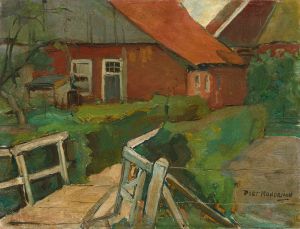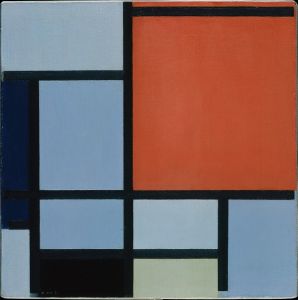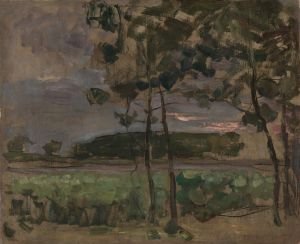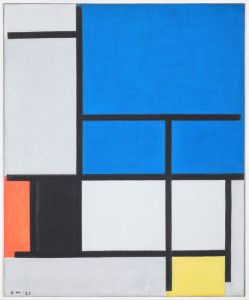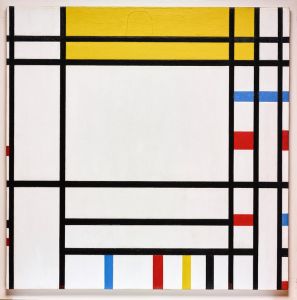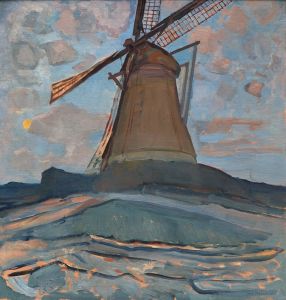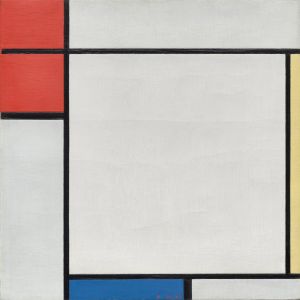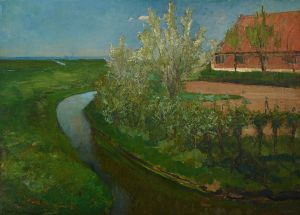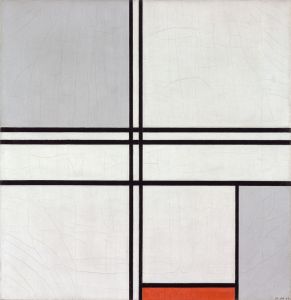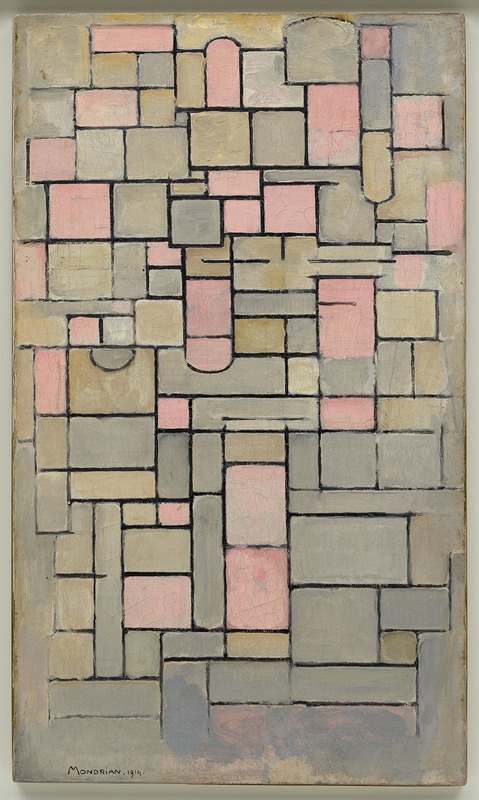
Composition 8
A hand-painted replica of Piet Mondrian’s masterpiece Composition 8, meticulously crafted by professional artists to capture the true essence of the original. Each piece is created with museum-quality canvas and rare mineral pigments, carefully painted by experienced artists with delicate brushstrokes and rich, layered colors to perfectly recreate the texture of the original artwork. Unlike machine-printed reproductions, this hand-painted version brings the painting to life, infused with the artist’s emotions and skill in every stroke. Whether for personal collection or home decoration, it instantly elevates the artistic atmosphere of any space.
Composition 8 is a painting created by the Dutch artist Piet Mondrian in 1914. Mondrian, a pioneer of abstract art, is best known for his contributions to the De Stijl movement, which he co-founded with Theo van Doesburg. This movement, also known as Neoplasticism, emphasized simplicity and abstraction, focusing on basic visual elements such as geometric forms and primary colors.
Composition 8 is an early example of Mondrian's transition from figurative painting to abstraction. The painting is characterized by its use of geometric shapes and a limited color palette, which would become hallmarks of Mondrian's later work. Unlike his more famous grid-based compositions, Composition 8 features a more complex arrangement of lines and shapes, reflecting the artist's exploration of abstraction and his interest in theosophy, which influenced his artistic philosophy.
The painting is composed of intersecting lines and planes, creating a dynamic and balanced composition. The lines are predominantly black, and the shapes are filled with shades of gray, reflecting Mondrian's early experimentation with non-representational forms. This work marks a significant step in Mondrian's artistic development, as he moved away from depicting natural forms and towards a more abstract, universal language of art.
Mondrian's work during this period was influenced by his interest in theosophy, a spiritual movement that sought to understand the underlying unity of all things. This philosophy encouraged Mondrian to seek a pure, harmonious form of art that could express universal truths. Composition 8 reflects this quest for harmony and balance, as the artist carefully arranged the lines and shapes to create a sense of equilibrium.
The painting is part of the collection of the Gemeentemuseum in The Hague, Netherlands, which houses a significant number of Mondrian's works. The museum's collection provides a comprehensive overview of Mondrian's artistic evolution, from his early landscapes to his mature abstract compositions.
Mondrian's influence on modern art cannot be overstated. His work laid the foundation for many subsequent developments in abstract art and design. Composition 8, with its bold use of geometric forms and limited color palette, exemplifies the principles that would define Mondrian's later work and the De Stijl movement as a whole.
In summary, Composition 8 by Piet Mondrian is a pivotal work in the artist's journey towards abstraction. Created in 1914, it showcases Mondrian's early experimentation with geometric forms and his quest for a universal language of art. The painting is an important example of Mondrian's contribution to the De Stijl movement and his lasting impact on the development of modern art.





